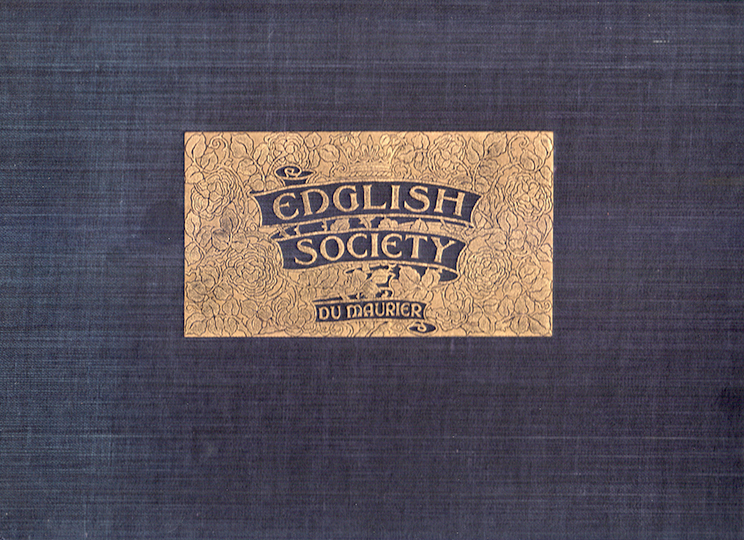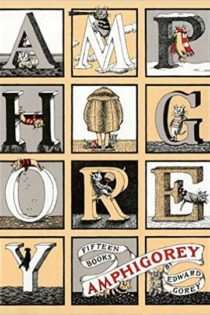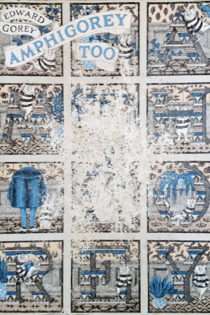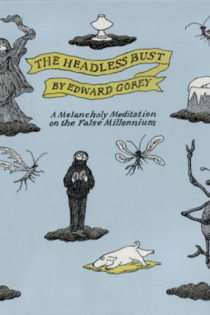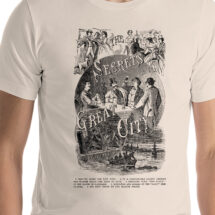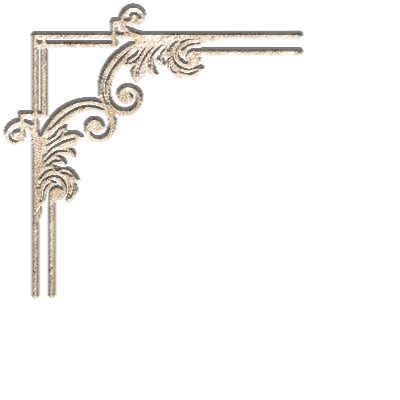Inscription
To the Philps
Ellie Philp
Jan 1952
Summary
English Society
Sketched by George Du Maurier
New York
Harper & Brothers, Publishers
1897
References
Du Maurier’s ” English Society.”
The Harpers have issued in a long folio a number of the late George Du Maurier’s caricatures of English society, which have appeared in their serial publications at intervals during the past ten years, and W. D. Howells has written a foreword, in which he speaks in most appreciative fashion of Du Maurier’s art, both as master of pictorial satire and as a novelist. It has been said that the social types which Du Maurler originated will never be forgotten; that they will live because they are so truthful and because mankind does not change very much from ago to age in those characteristics which are most in evidence in his social development. That is another way of saying that society changes only in externals and not in spirit and that whatever may be the cut of the clothes or the fashions of the gay world the men and women will always be the same, while the satire exposing the weaknesses and foibles of today will be equally true and fully as pungent half a century hence. It is quite possible that this is true, and if someone who shall be upon the scene fifty years from now will only remember to verify the statement they will know more about the enduring quality of Du Maurier’s genius and work than we do now. Meanwhile we can be content with the enjoyment which he gives us, careless of wnat the future may think, and only believing that the genius which shows so much perception, that is so quick to apprehend the humor of a situation and that evidences so much human nature and sensibility will not suffer a speedy eclipse. We are all familiar with the special characteristics of Du Maurier’s art, with his tall young women, his gushing girls, his delightful old colonel, who, somehow, always reminds us of Colonel Newcombe; his stalwart men of the parlor and tho hunting field and his social “detri mentals.” He is always kindly in his criticism; never harsh or cruel or hard, and his cynicism is of a gentle sort that deals with manners rather than with morals. There is a certain persistence of types, if the expression may be used, in Du Maurier’s drawings. His tall young women are very like his Trilby in face and figure as he drew her for the novel, and in drawing room scenes and other society gatherings it is always possible, if the group be large enough, to find the stalwart Taffy, the Laird and Little Billee, while some of the alleged musical, celebrities which are introduced into these London backgrounds are very like Svengali. This collection of sketches which the Harpers have brought together possesses all the characteristics of Du j Maurier’s art, and should form a welcome and highly valued portfolio for all who appreciate and admire his genius as a draughtsman and caricaturist. It will also make an interesting pendant to the completed edition of his novels.
– The Brooklyn Daily Eagle, 24 Jan 1897


